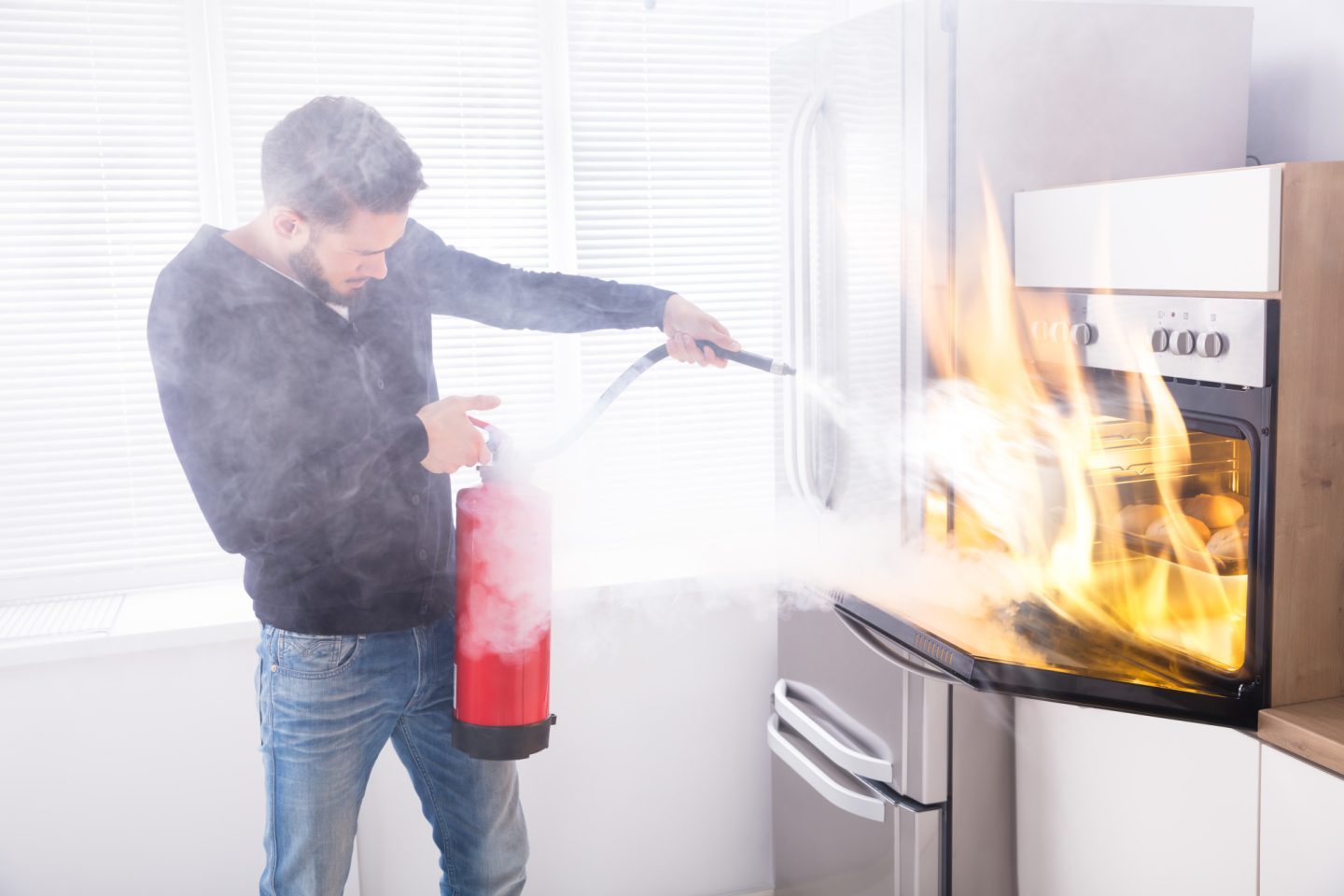
After a house fire, the most visible and dramatic damage comes from the flames themselves. But once the fire is extinguished, a more insidious and pervasive adversary remains: smoke and soot. The residue left behind after a fire is not just simple dirt or dust; it is a toxic and acidic byproduct of combustion that can cause more long-term damage to your property and your health than the fire itself. Understanding the pervasive nature of smoke and soot is key to realizing why immediate, professional restoration is absolutely essential to truly saving your home and belongings.
The Corrosive Power of Soot
Smoke is a complex aerosol containing thousands of microscopic particles. When the various materials in your home—from wood and textiles to plastics and synthetic materials—burn, they release a wide range of chemical compounds. These particles settle as a fine layer of soot on every surface, both horizontal and vertical.
This soot is often highly acidic. Within minutes of a fire, this acidic residue can begin to tarnish metal fixtures, discolor paint, and etch into glass. Within hours, it can cause permanent staining on countertops, flooring, and upholstery. Over the course of a few days, the acidic nature of the soot can cause irreversible damage to wood finishes, vinyl, and even the structural components of your home. As the U.S. Fire Administration explains in its post-fire safety guides, the actions taken in the first few hours are critical to preventing this ongoing secondary damage.
The Pervasive Odor and Health Risks
Smoke particles are incredibly small—often smaller than bacteria—which allows them to penetrate deep into porous materials like drywall, wood studs, insulation, carpet padding, and furniture. This is what causes the persistent, unpleasant odor that lingers long after a fire. Simply airing out the house or cleaning the surfaces will not remove this deeply embedded smell.
Furthermore, this residue can be hazardous to your health. Airborne soot particles can be inhaled deep into the lungs, causing or aggravating respiratory problems like asthma, especially in children and the elderly. The chemical compounds within the soot can also be toxic and can cause irritation to the skin, eyes, and respiratory system. It is never safe to inhabit a home with significant smoke damage without professional air filtration and cleaning.
Why Professional Restoration is Not a DIY Job
Cleaning up after a fire is a complex, scientific process that requires specialized knowledge and equipment.
- Damage Assessment: A professional will first assess the type of smoke damage. A fast, hot fire creates a different type of soot than a slow, smoldering fire, and each requires a different cleaning technique.
- Specialized Equipment: Professionals use equipment like HEPA-filter air scrubbers to remove airborne particles, thermal foggers or ozone generators to neutralize odors that have penetrated deep into materials, and industrial-grade cleaning agents formulated to safely remove acidic soot without damaging the surfaces beneath.
- Comprehensive Cleaning: A thorough restoration includes cleaning everything—from the HVAC ductwork, where smoke is often circulated, to electronics, furniture, and personal belongings. They have the expertise to know what can be salvaged and what must be discarded.
As the Insurance Information Institute often notes, fire and smoke damage is a standard covered peril, and your insurance provider will expect you to use certified professionals to properly mitigate the damage.
Your San Diego Fire Damage Experts
The damage from a fire continues long after the flames have been extinguished. A fast and professional response is critical to stop the corrosive effects of smoke and soot. For homeowners in San Diego, the certified team at Cutting Edge Restoration specializes in complete fire damage restoration. Contact us immediately for 24/7 emergency response.
